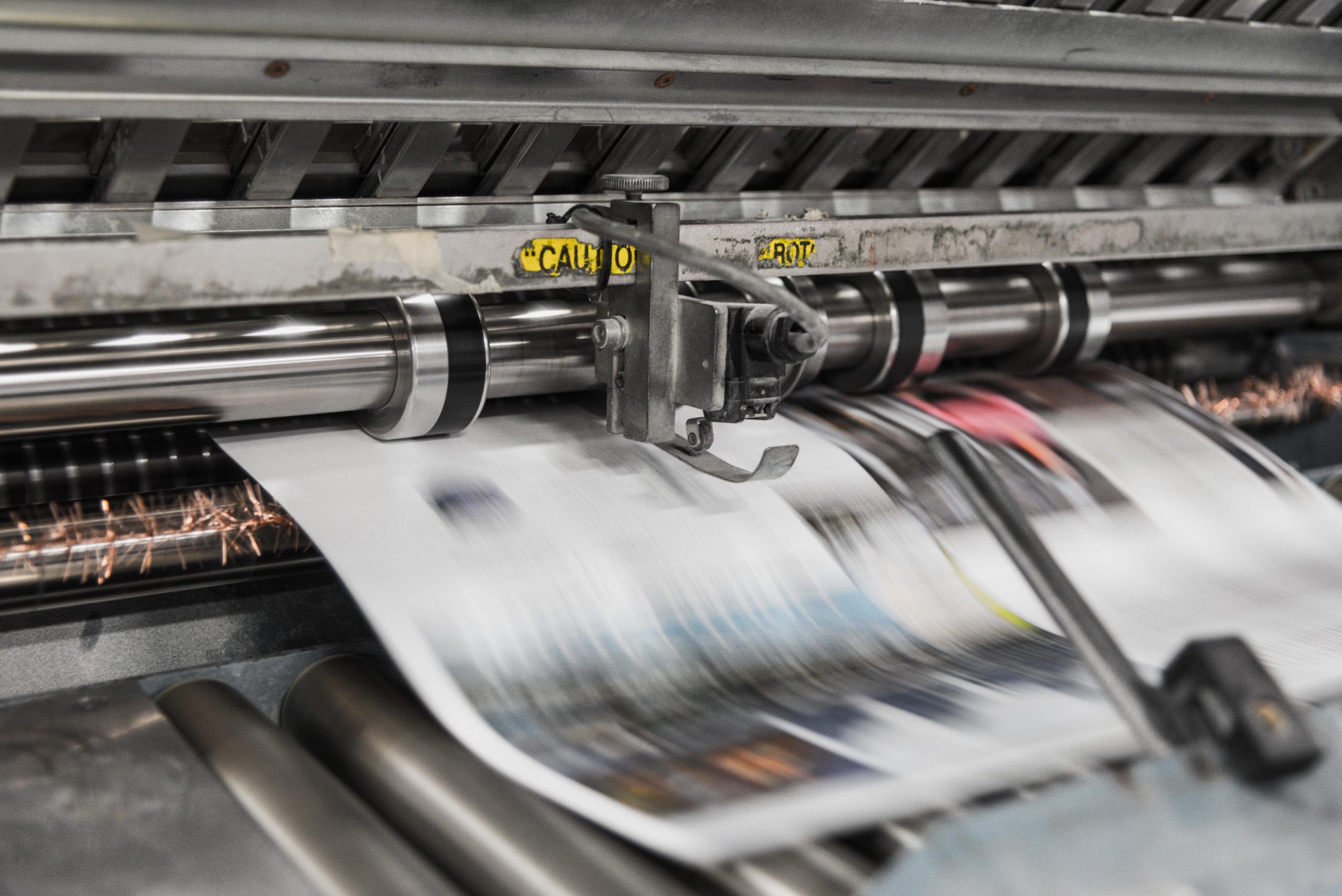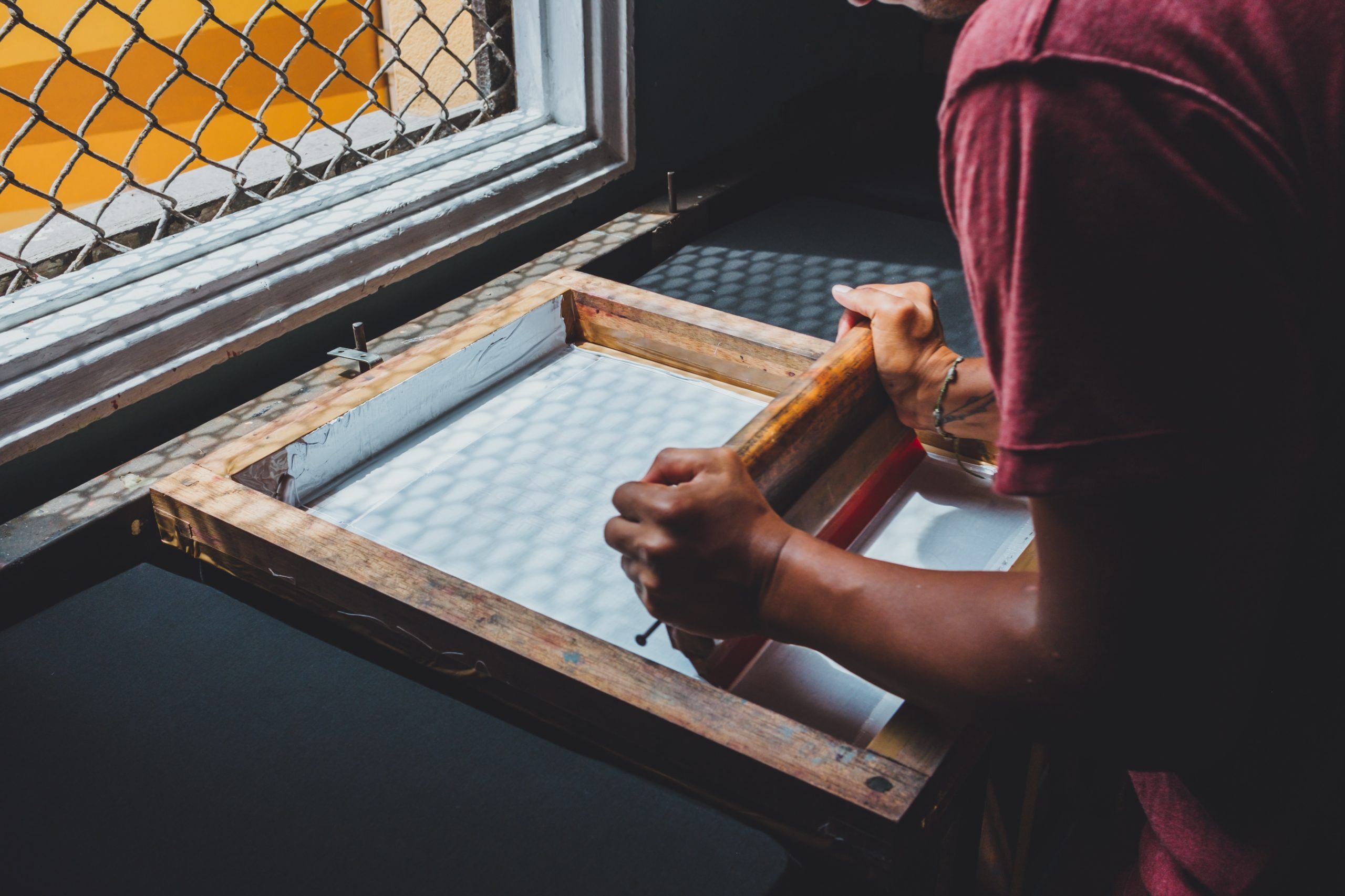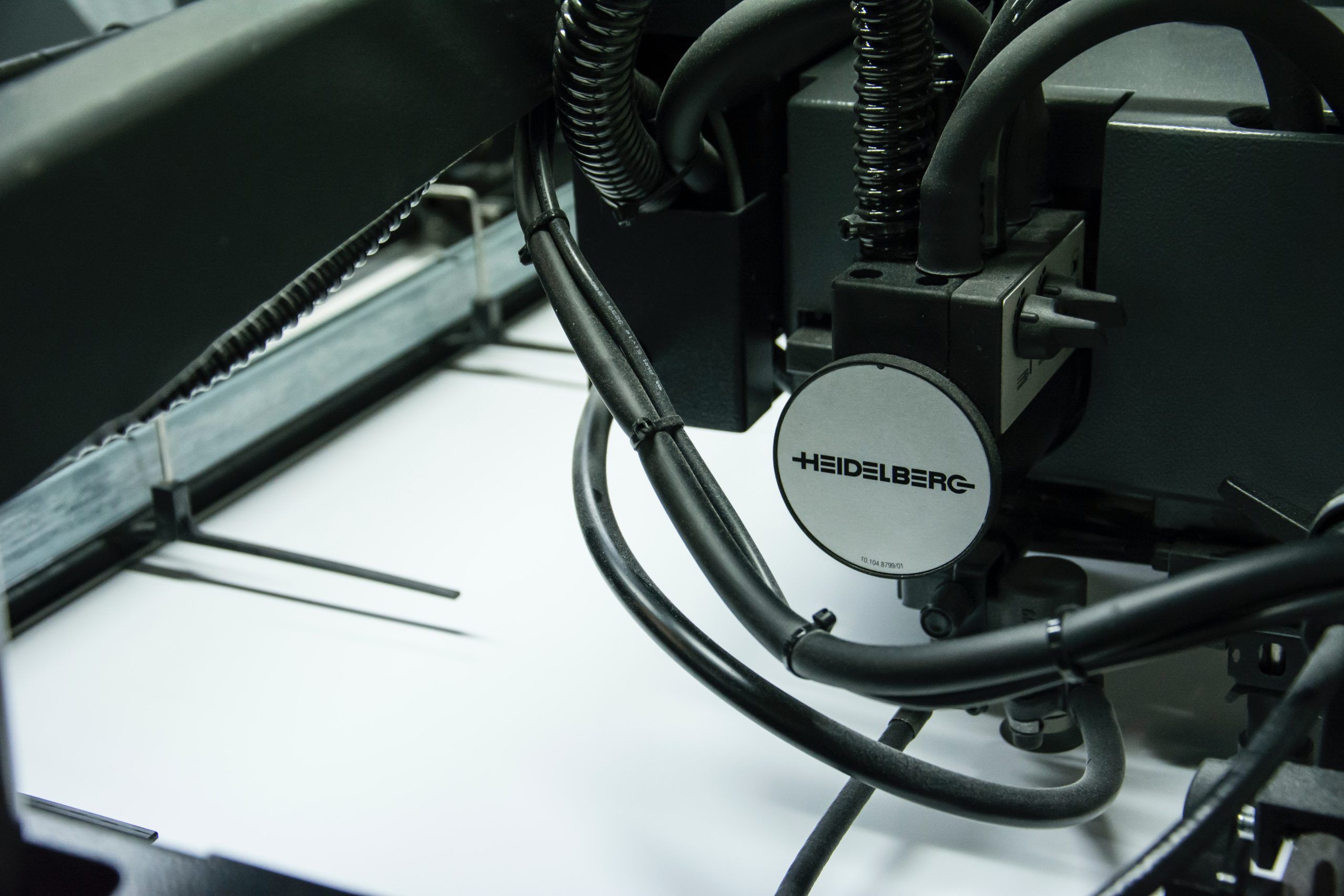In today’s digital age, where online shopping has become the norm, customers are constantly seeking unique and personalized products. As a designer or artist, you have the opportunity to cater to this demand by creating your own designs and selling them directly to customers. However, once you’ve created your masterpiece, the next challenge arises: printing and shipping it to your customers efficiently and effectively.
This ultimate guide aims to provide you with all the essential knowledge and practical tips on how to navigate through the intricate process of printing and shipping design products.
Printing and shipping design products: an overview
Printing and shipping design products is a crucial step in the process of delivering high-quality goods to customers. When it comes to printing, there are various options available depending on the type of product being produced. For instance, digital printing is suitable for small quantities or personalized items, while screen printing works well for larger orders and designs with fewer colors. Additionally, it’s important to consider the materials used in printing, such as paper or fabric, as this can impact the final quality and durability of the product.
Once the design products have been printed, they need to be carefully packaged and shipped to customers. Packaging plays a vital role in protecting the items during transportation and ensuring they arrive in pristine condition. Depending on the size and fragility of the product, different types of packaging materials may be required, such as boxes or padded envelopes. Moreover, selecting a reliable shipping carrier is crucial to ensure prompt delivery and minimize any potential delays or damages during transit.
In conclusion, understanding how to print and ship design products effectively is essential for businesses aiming to provide excellent customer service. Choosing appropriate printing methods and materials can enhance product quality, while proper packaging selection ensures safe transportation. By paying attention to these details, businesses can successfully deliver their design products while maintaining customer satisfaction throughout each step of the process.

Understanding the printing process: key steps
The printing process involves several key steps that are essential to ensure the quality and accuracy of the final printed product. The first step is prepress, which includes preparing the files for printing, such as adjusting color levels, resizing images, and ensuring proper file formats. This step is crucial as any mistakes or issues during prepress can result in poor print quality.
After prepress, the next step is plate making. In this step, a digital image of the design is transferred onto a metal or plastic plate using computer-to-plate technology. The plates are then mounted onto printing presses to transfer the design onto paper or other materials.
Once the plates are ready, the actual printing process begins. This involves loading the plates onto a press and running them through various stages to apply ink to paper. Different techniques like offset lithography or digital printing may be used depending on the specific requirements of the project.
Overall, understanding these key steps in the printing process is essential for designers and businesses to ensure that their designs are accurately reproduced and delivered to customers in high-quality prints.
Choosing the right materials for your products
When it comes to manufacturing and selling design products, choosing the right materials is crucial. The choice of materials can greatly impact the quality, durability, and overall appeal of your products. One important factor to consider is the type of material that best suits your design concept. For example, if you’re creating a sleek and modern product, materials like stainless steel or glass might be more appropriate. On the other hand, if you’re aiming for a rustic or eco-friendly look, materials like wood or recycled plastics could be better options.
Another important consideration is the functionality of your products. If you’re creating items that need to withstand heavy use or frequent cleaning, selecting durable and easy-to-clean materials becomes essential. Factors such as resistance to water damage, heat resistance, or scratch resistance should all be taken into account when making these decisions.
In addition to aesthetics and functionality, cost also plays a significant role in material selection. Some materials may have higher upfront costs but offer long-term benefits such as durability or lower maintenance requirements. It’s essential to strike a balance between quality and affordability while keeping in mind factors such as production volume and target market pricing expectations.

Packaging and shipping considerations
When it comes to packaging and shipping design products to customers, there are several important considerations to keep in mind. Firstly, the packaging should not only be visually appealing but also functional and protective. It is crucial to choose packaging materials that can withstand the rigors of shipping and ensure that the product arrives in pristine condition. Additionally, it is essential to accurately measure and weigh each package before shipping to avoid any unexpected costs or delays.
Another consideration is choosing the right shipping carrier. Researching different carriers and their services will help determine which one best fits your needs in terms of cost, reliability, speed, and tracking capabilities. Moreover, ensuring proper labeling on packages is vital for efficient delivery. This includes including clear return address information as well as accurate recipient details.
Lastly, considering sustainability when it comes to packaging and shipping is becoming increasingly important for both businesses and customers alike. Opting for eco-friendly materials such as recycled or biodegradable packaging can help reduce your environmental impact while still providing a quality shipping experience for your customers.
Ensuring product quality through proper handling
Ensuring product quality through proper handling is crucial when it comes to printing and shipping design products. Proper handling starts from the moment the product is printed and continues until it reaches the customer’s doorstep. It involves various steps, such as careful packaging, using appropriate materials, and following specific guidelines for handling fragile or delicate items.
One important aspect of ensuring product quality is to use high-quality packaging materials. This includes sturdy boxes, bubble wrap, packing peanuts, or other protective materials that can adequately cushion the product during transit. Proper packaging minimizes the risk of damage caused by mishandling or rough transportation.
Additionally, following specific guidelines for handling fragile items is essential to maintain their quality. This may involve placing a “fragile” label on the package or using special stickers to indicate a delicate item inside. Furthermore, providing clear instructions to shipping carriers about how to handle these items can help ensure they are treated with extra care throughout the delivery process.
In summary, proper handling plays a significant role in ensuring product quality when printing and shipping design products. Using high-quality packaging materials and following guidelines for fragile items are key factors in minimizing damage during transit. By taking these steps, businesses can deliver their products safely and maintain customer satisfaction with top-notch product quality upon arrival.

Streamlining the order fulfillment process
Streamlining the order fulfillment process is a crucial aspect of any business that deals with printing and shipping design products to customers. By implementing efficient strategies, businesses can ensure faster delivery times, improve customer satisfaction, and ultimately increase their bottom line. One effective way to streamline this process is by integrating automated software systems that can manage orders, inventory, and shipping labels all in one place. This eliminates the need for manual data entry and reduces the chances of errors or delays.
Another key factor in streamlining the order fulfillment process is optimizing warehouse operations. This can be achieved through proper organization and layout of the warehouse space, ensuring easy access to frequently ordered items and minimizing unnecessary movement. Utilizing barcode scanning technology can also significantly speed up the picking and packing process while reducing errors. Additionally, implementing an effective system for tracking shipments allows businesses to keep customers informed about their orders’ progress in real-time, which enhances transparency and improves overall customer experience.
In conclusion, streamlining the order fulfillment process is essential for businesses dealing with printing and shipping design products. By leveraging automated software systems, optimizing warehouse operations, and implementing shipment tracking systems, companies can reduce costs while improving efficiency throughout every step of the fulfillment process – from receiving orders to delivering them successfully to satisfied customers.
Conclusion: Delivering customer satisfaction through efficient printing and shipping
In conclusion, delivering customer satisfaction through efficient printing and shipping is crucial for any business that offers design products. By ensuring that the printing process is smooth and error-free, businesses can guarantee that customers receive high-quality products that meet their expectations. This includes using professional-grade printers, selecting the right materials, and closely monitoring the printing process to catch any issues before finalizing the product.
Equally important is the shipping aspect of delivering customer satisfaction. Businesses should prioritize timely delivery to avoid disappointing customers with lengthy waits. This can be achieved by partnering with reliable shipping companies or utilizing expedited shipping options when necessary. Additionally, properly packaging the products ensures they arrive undamaged and in pristine condition, further contributing to customer satisfaction.
By prioritizing efficient printing and shipping processes, businesses can not only meet but exceed customer expectations in terms of quality and delivery speed. This ultimately leads to satisfied customers who are more likely to become repeat buyers and recommend the business to others – a win-win situation for both parties involved.

